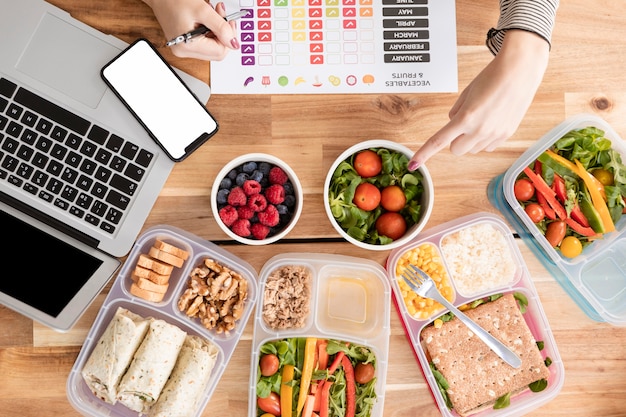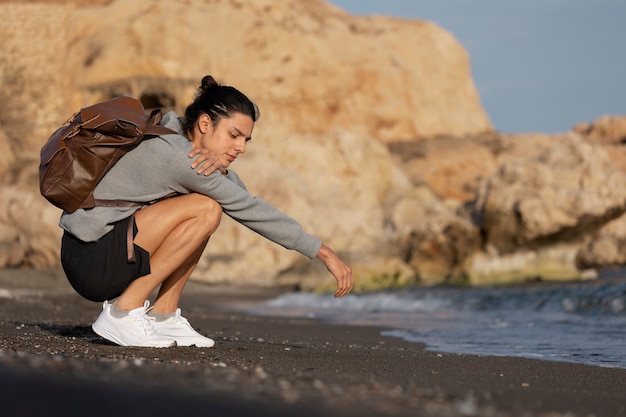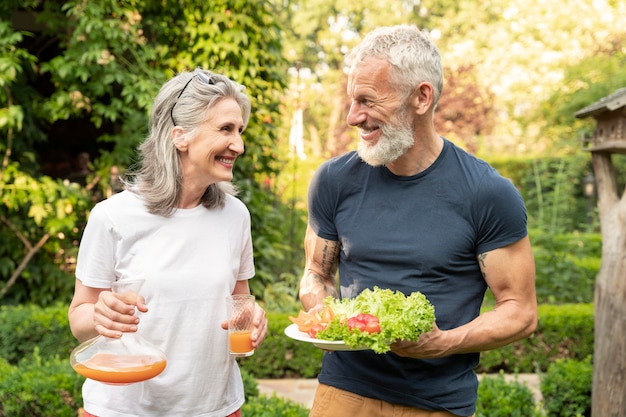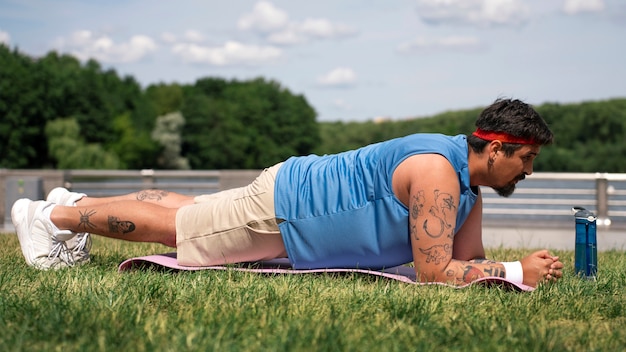Gym Safety & Smart Training for Men Over 50: Maximize Results with Minimal Gear and Real-World Schedules
Staying strong, mobile, and healthy after 50 isn’t just about lifting weights—it’s about doing it safely, efficiently, and sustainably. With busy schedules, joint concerns, and changing recovery times, men over 50 need a smarter approach to fitness. This comprehensive gym safety checklist is designed for real life: minimal equipment, time-efficient routines, and a focus on long-term health without compromising results.
Why Safety Matters More After 50
As we age, muscle mass declines (sarcopenia), joint flexibility reduces, and recovery takes longer. Injuries from improper form or overexertion can set back progress by weeks or months. The goal isn’t to lift the heaviest weights—it’s to stay injury-free, maintain functional strength, and support heart and bone health.
This guide emphasizes safety, smart movement, and gym etiquette to help you train effectively without needing a personal trainer or a fully equipped gym.
Pre-Workout Safety Checklist
- Check with your doctor: Especially if you have heart conditions, high blood pressure, or joint issues. Clearance ensures you’re ready for physical activity.
- Warm up for 5–10 minutes: Use light cardio (walking, cycling) and dynamic stretches (arm circles, leg swings) to increase blood flow and prepare muscles.
- Hydrate: Drink water before, during, and after your workout. Dehydration increases fatigue and injury risk.
- Wear proper footwear: Supportive, non-slip shoes with cushioning help protect knees and improve stability.
- Inspect equipment: Check benches, cables, and machines for wear, loose bolts, or frayed belts. Report any issues to gym staff.
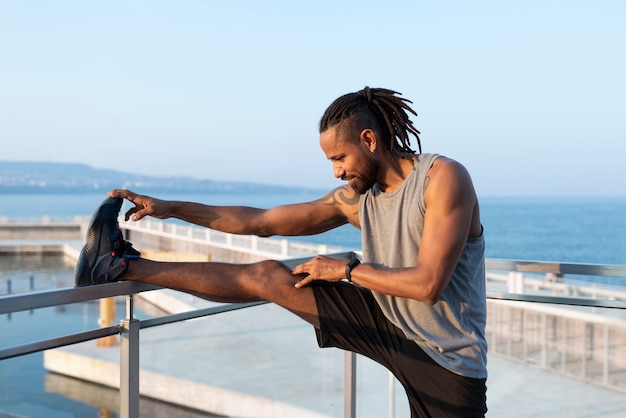
Minimal Gear, Maximum Gains
You don’t need a home gym or fancy tools. Focus on these essentials:
- Dumbbells: Adjustable sets allow for progressive overload with minimal space.
- Resistance bands: Great for warm-ups, mobility, and strength—especially joint-friendly.
- Yoga mat: Provides cushioning for floor exercises and core work.
- Stability ball: Enhances core engagement during presses and bridges.
With just these, you can perform full-body workouts targeting strength, balance, and flexibility—key pillars for healthy aging.
Smart Exercise Selection & Form Tips
Choose compound movements that work multiple muscle groups efficiently:
- Bodyweight squats: Build leg strength and improve mobility. Keep your chest up and knees behind toes.
- Dumbbell bench press: Use a bench or floor. Control the descent to protect shoulders.
- Bent-over rows: Strengthen the back. Hinge at hips, keep back flat, pull elbows to ceiling.
- Farmer’s carries: Walk with dumbbells in each hand. Boosts grip, core, and posture.
- Planks: Hold 20–60 seconds. Engage core without sagging hips.
Focus on form over weight. Use a mirror or record yourself to check technique. Even small adjustments can prevent long-term strain.
Gym Etiquette: Respect Yourself and Others
Good etiquette keeps the gym safe and welcoming for everyone:
- Wipe down equipment: Use disinfectant wipes after each use—especially benches, handles, and seats.
- Don’t hog machines: Limit sets to 2–3 per exercise during peak hours. Use supersets to save time.
- Use collars on barbells: Prevents weights from slipping and causing injury.
- Keep noise down: Avoid grunting, dropping weights, or loud music. Use headphones.
- Respect personal space: Give others room to move, especially during complex lifts.

Recovery & Post-Workout Care
Recovery is where progress happens. After 50, it’s even more critical:
- Cool down: 5 minutes of walking and static stretching (hamstrings, chest, shoulders) improves flexibility and reduces soreness.
- Refuel: Eat a mix of protein and carbs within 60 minutes (e.g., yogurt with fruit, protein shake).
- Sleep 7–8 hours: Muscle repair and hormone balance depend on quality rest.
- Listen to your body: Soreness is normal; sharp pain is not. Take rest days or switch to light activity if needed.
Sample Weekly Routine (60 Minutes or Less)
This balanced plan fits real schedules:
- Monday: Full-body strength (squats, press, rows)
- Wednesday: Mobility + resistance band workout
- Friday: Full-body strength (different variations)
- Saturday: Light walk or yoga (active recovery)
Each session: 5-min warm-up, 45-min workout, 10-min cool down.
Final Thoughts
Fitness after 50 isn’t about looking like a bodybuilder—it’s about feeling strong, staying independent, and reducing health risks. With a focus on safety, smart training, and respect for your body and others, you can build a sustainable routine that fits your life.
Start small, stay consistent, and prioritize form and recovery. The best workout is the one you can keep doing for years to come.








